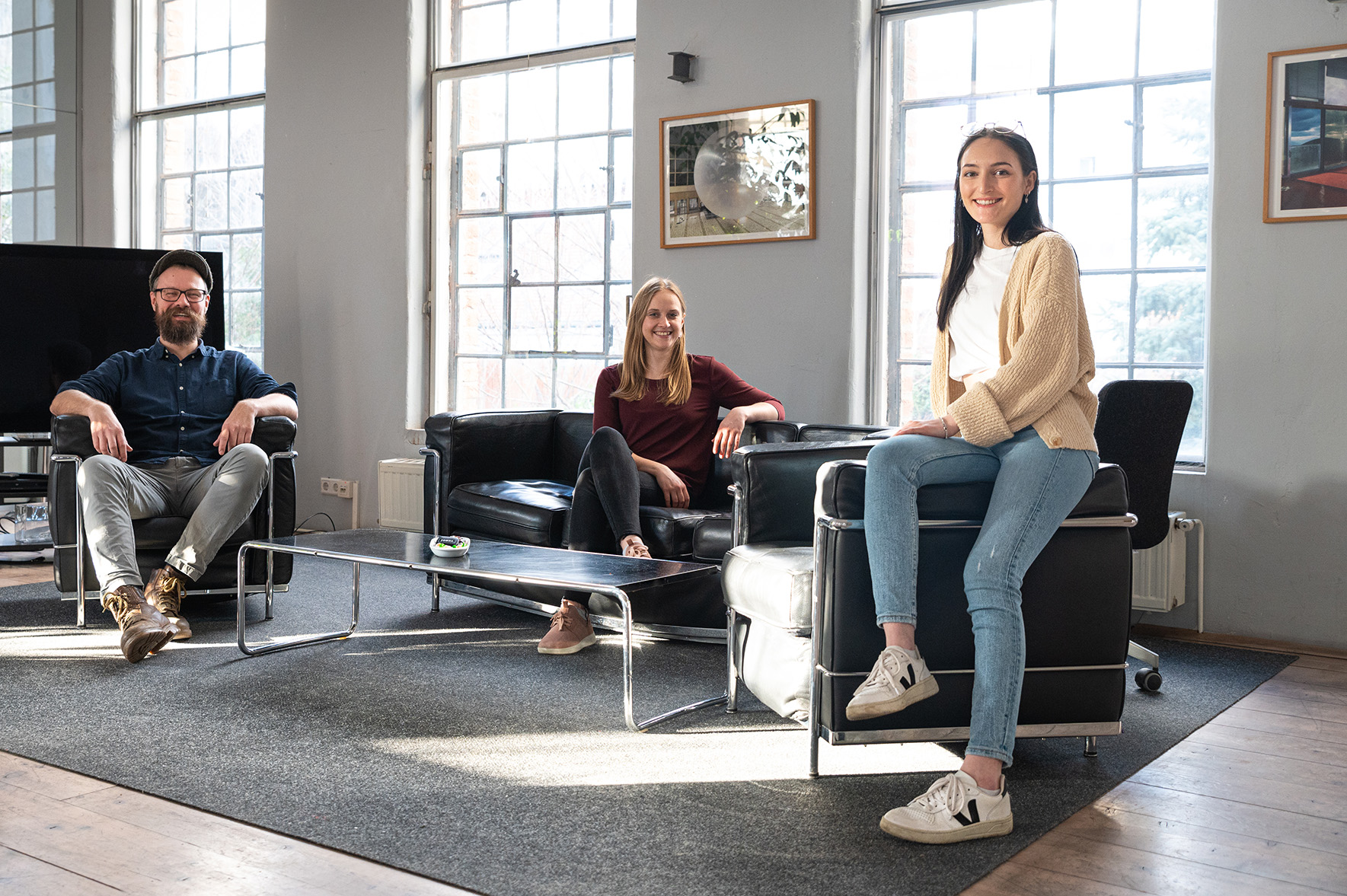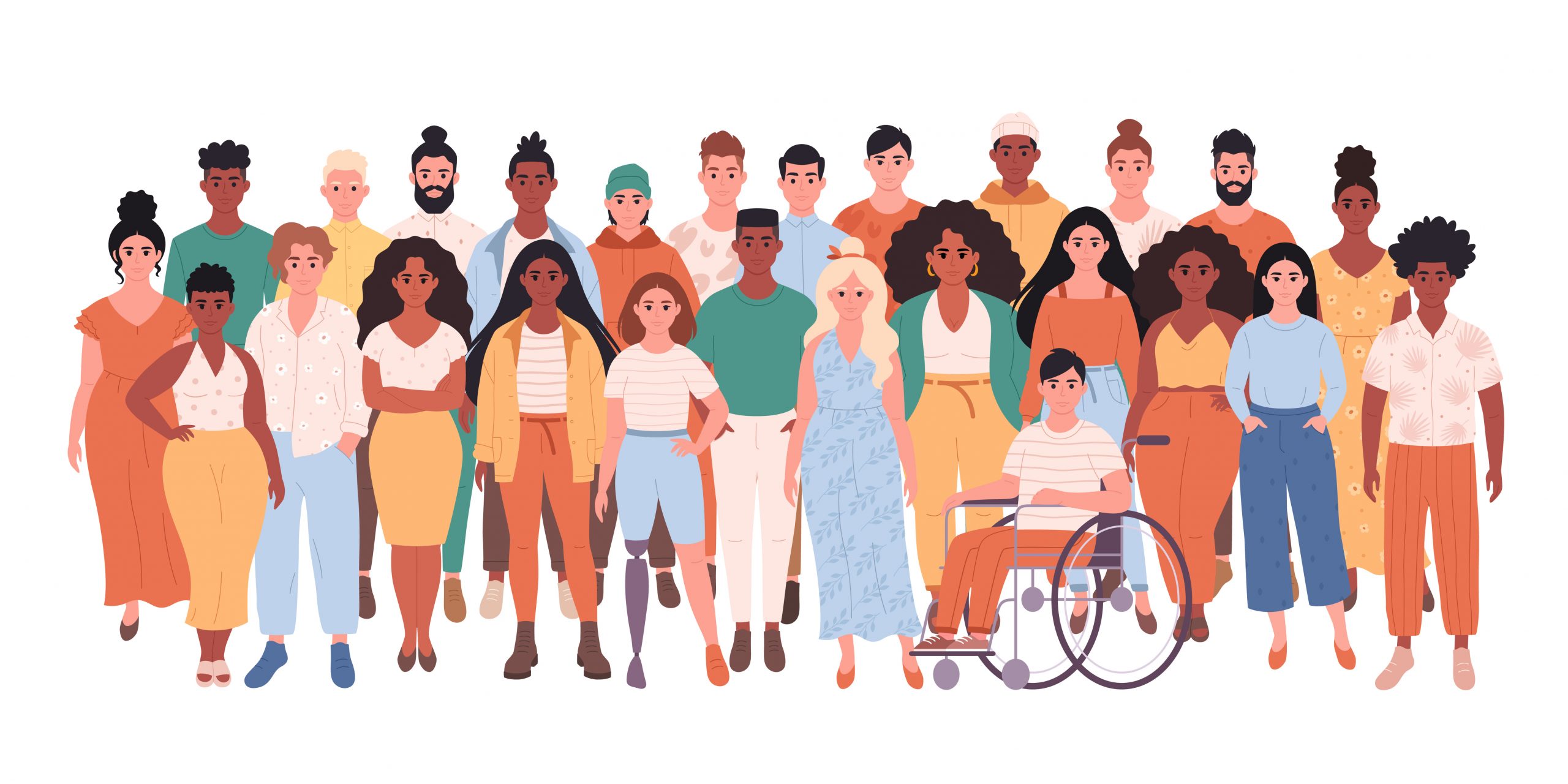Accessible websites Your agency for inclusive webdesign
We place great emphasis on accessibility in conception, design, programming and editing. Because digital experiences are for everyone.
Why the effort?
In the digital world, there is unfortunately still the idea in many places that accessibility is merely a recommendation and does not necessarily have to be taken into account. However, equal social and economic participation for people with disabilities is a human right. According to statistics, between 15 and 25 percent of all people are physically impaired or disabled permanently or at least once during their lives.
What barriers are there?
People with disabilities regularly encounter barriers online. Here are a few examples:
- Visually impaired people cannot read texts if the contrast between the font and background is too low.
- Blind people are dependent on so-called screen readers, which read the website or app to them. However, the digital application must also be optimized for screen readers. Images cannot be perceived if they have not been provided with alternative text.
- Deaf people cannot hear audio content unless it is accompanied by alternative text.
- Physically disabled people cannot use a computer mouse and are therefore dependent on the keyboard. They cannot navigate through a website or app in accordance with expectations if the navigation logic has not been technically defined.
- Mentally disabled people (e.g. with learning disabilities) cannot understand demanding texts with technical language, foreign words or long sentences if they are not available in plain language as an alternative.
- Elderly people with declining physical or mental capacity are also affected.
All people can be confronted with situational limitations (e.g. surroundings with bright sunlight, surroundings with an audio ban, foreign language, etc.).
Laws, guidelines and standards
The law also recognizes the importance of the accessibility of websites and other digital platforms, which is why increasingly higher standards are being set not only in the public sector, but also in the private sector. The following laws apply in Austria:
- WZG (Web Accessibility Act)
- BGStG (Federal Disability Equality Act)
- BaFG (Accessibility Act, from 2025)
The following guidelines and standards (as amended) have been established for the specific evaluation of the legal implementation of digital content:
- WCAG (Web Content Accessibility Guidelines with conformance levels A, AA and AAA)
- EN 301 549 (European standard “Accessibility requirements for ICT products and services“)
Lot of good reasons
Apart from legal protection, operators of accessible websites have a number of advantages:
- Greater reach through additional users
- Better user experience due to more satisfied users
- Image boost through tangible corporate social responsibility (CSR) measures
- Future-proofing in the face of the increasing importance of accessibility
- SEO (Search Engine Optimization) also benefits from accessibility, because search engines are also “blind”.
- Doing something really meaningful and good

Accessibility is a team sport.
Our expertise for an accessible website
Ideally, when implementing a digital platform, such as a website, accessibility is defined as a requirement from the outset. Nevertheless, it is never too late to make an existing website or app accessible. Every discipline in our team has the necessary expertise for this. Here is an overview of our services:
Planning
- Evaluation of the status quo and recommendations on how to proceed
- Definition of the goals and the desired level of accessibility together with the customer, taking into account the legal requirements, the benefits for the target group, the impact on the design and the effort required to remove the barriers
- Document of requirements for each phase of the project and the internal accessibility tests
Accessible UX/UI design
- Creation of a coherent, user-centered information architecture and content structure
- Use of appropriate design patterns and navigation systems
- Definition of conformant color palettes, typography, illustration styles
- Development of an appropriate layout
- Optimization for all devices (fully responsive)
Accessible programming
- Use of semantically correct and valid HTML
- Extension of the markup with ARIA attributes (Accessible Rich Internet Applications)
- Use of relative size units in CSS
- Optimization of the code for different user interfaces (e.g. mouse, keyboard, touch)
- Optimization of the code for screen readers
- Optimization of the code for user agents (e.g. text zoom or contrast settings via browser)
Accessible content
- Creation in alternative media formats: Text, image, audio, video, subtitles, sign language
- Creation of texts for alternative reading levels (easy language)
- Creation of accessible documents (PDF/UA – Universal Accessibility)
Checks
- Manual checking of page templates, modules and documents by accessibility experts
- Use of supporting tools (e.g. developer tools, color analyzer)
- Testing with different user interfaces, screen readers and user agents
- Testing report with assessment of the status quo
- A catalog of measures with recommendations for action
- Drafting an accessibility statement
- Support with WACA certification
Sustainable accessibility
- Training to raise awareness among authors and editors
- Guides for creating accessible content in the CMS
- Intuitive CMS user interface
- Regular reviews
Use of AI (artificial intelligence)
AI-based tools can help to create accessibility even more efficiently and ensure it in the long term. These tools are worth their weight in gold, especially for large platforms with many webpages (and many editors). Possible applications include
- Translation of text into plain language
- Creation of subtitles, audio descriptions and even videos with sign language
- Generation of alternative texts for images
- AI chatbots that can support and inform users in plain language
- Support with the evaluation of accessibility
Let’s improve the (digital) world together!




